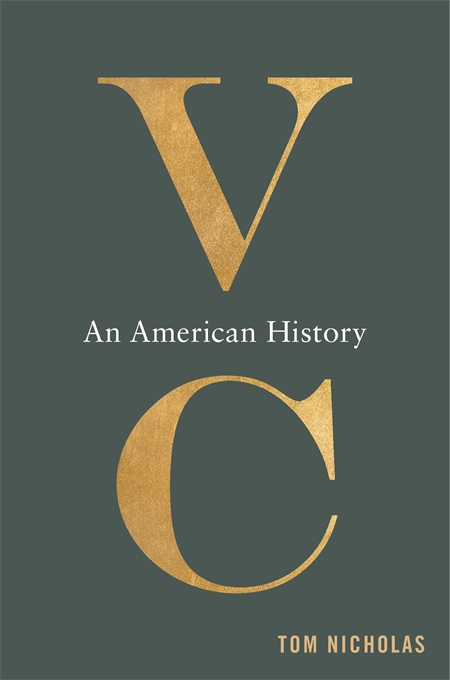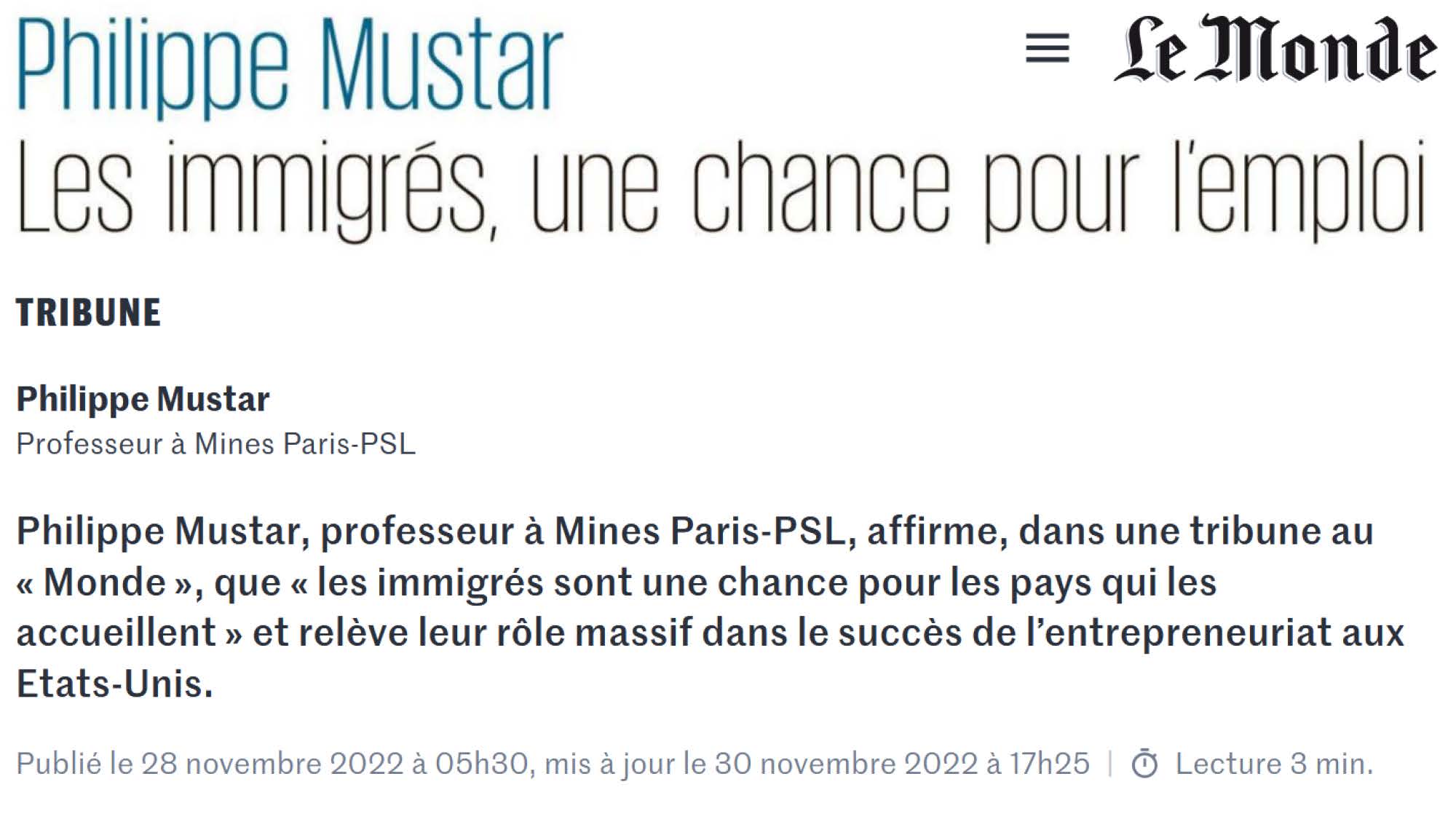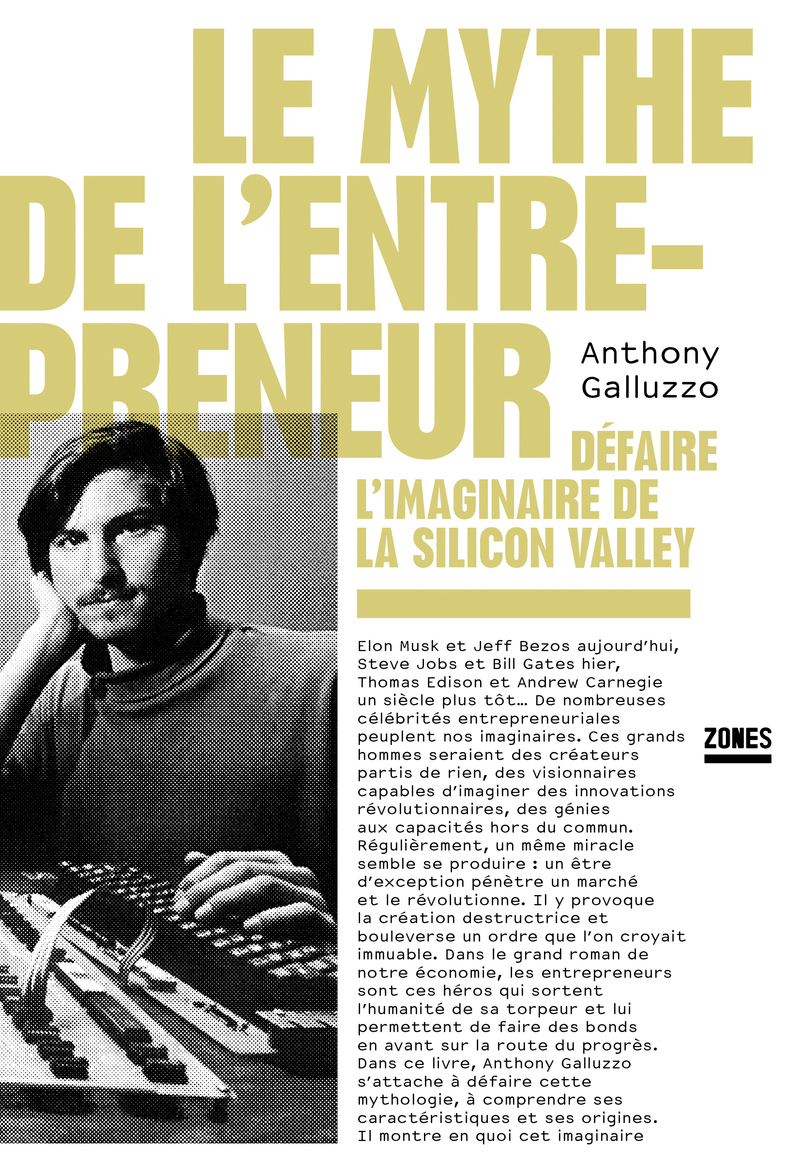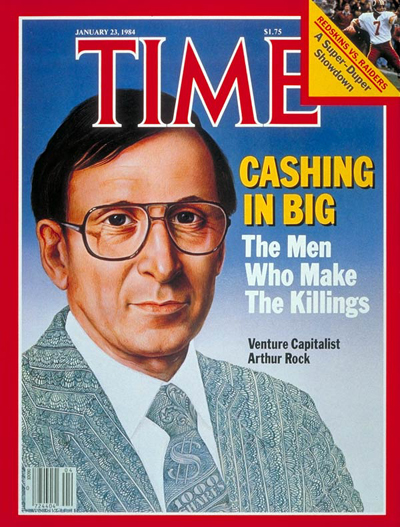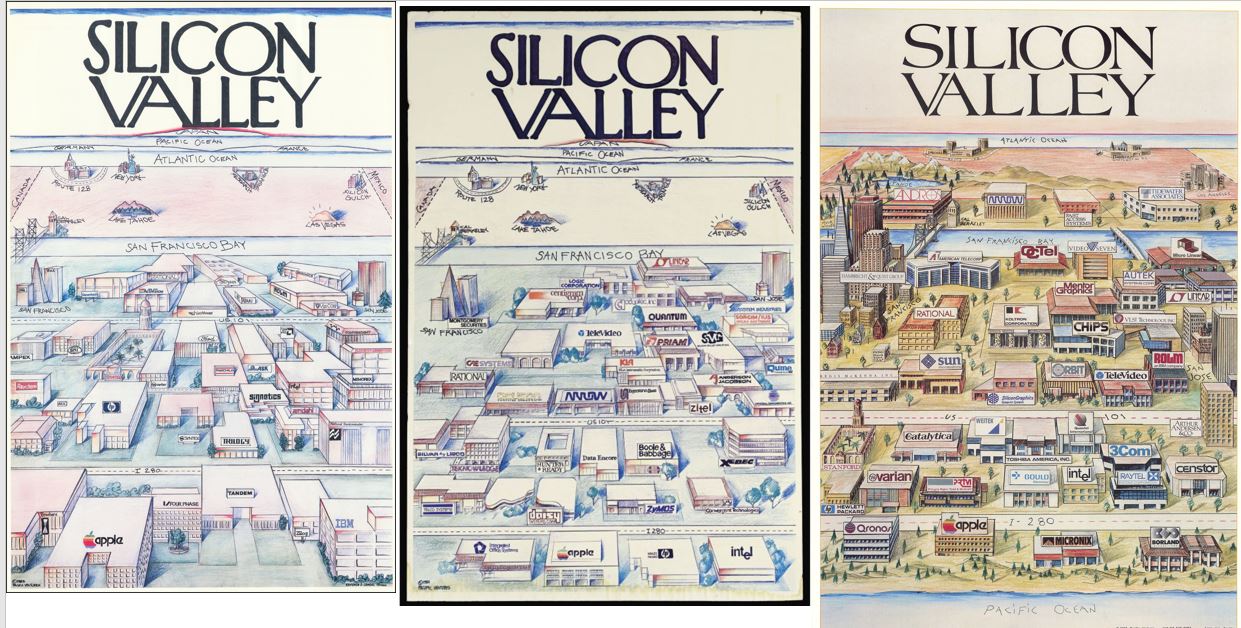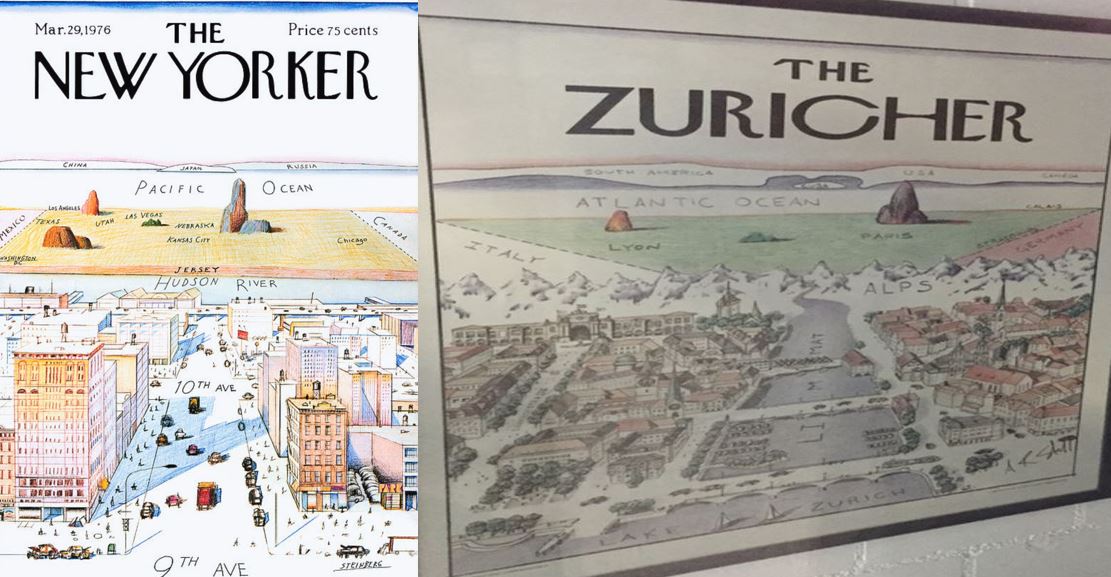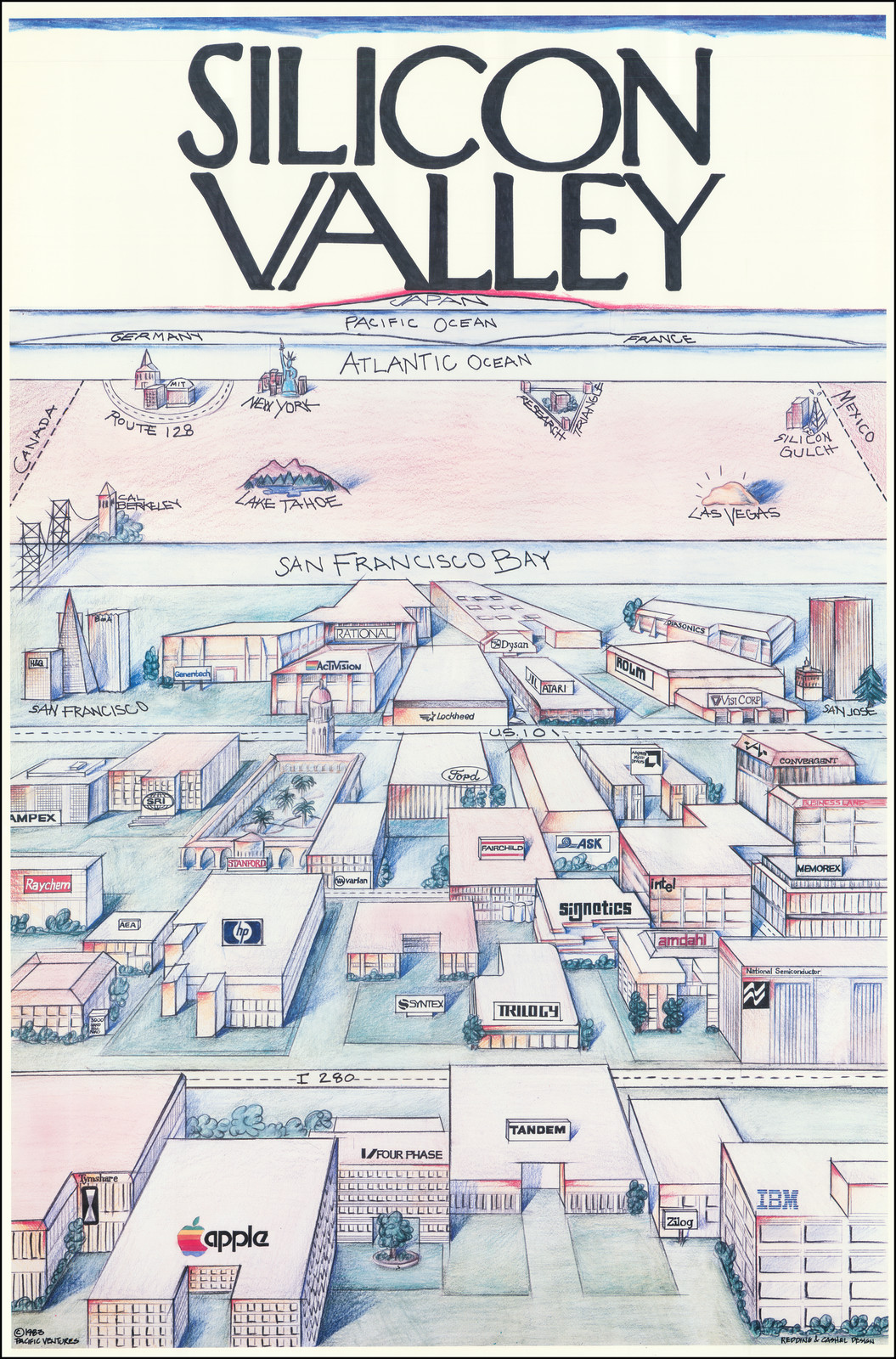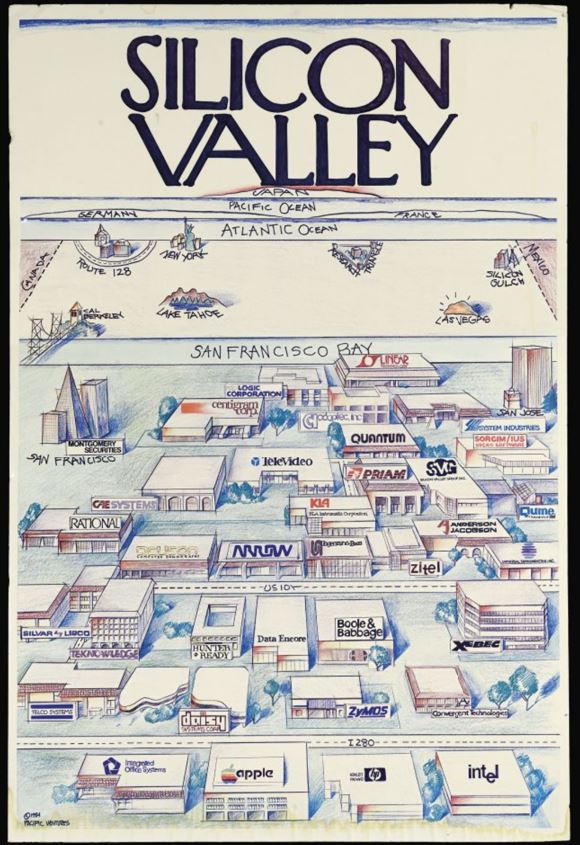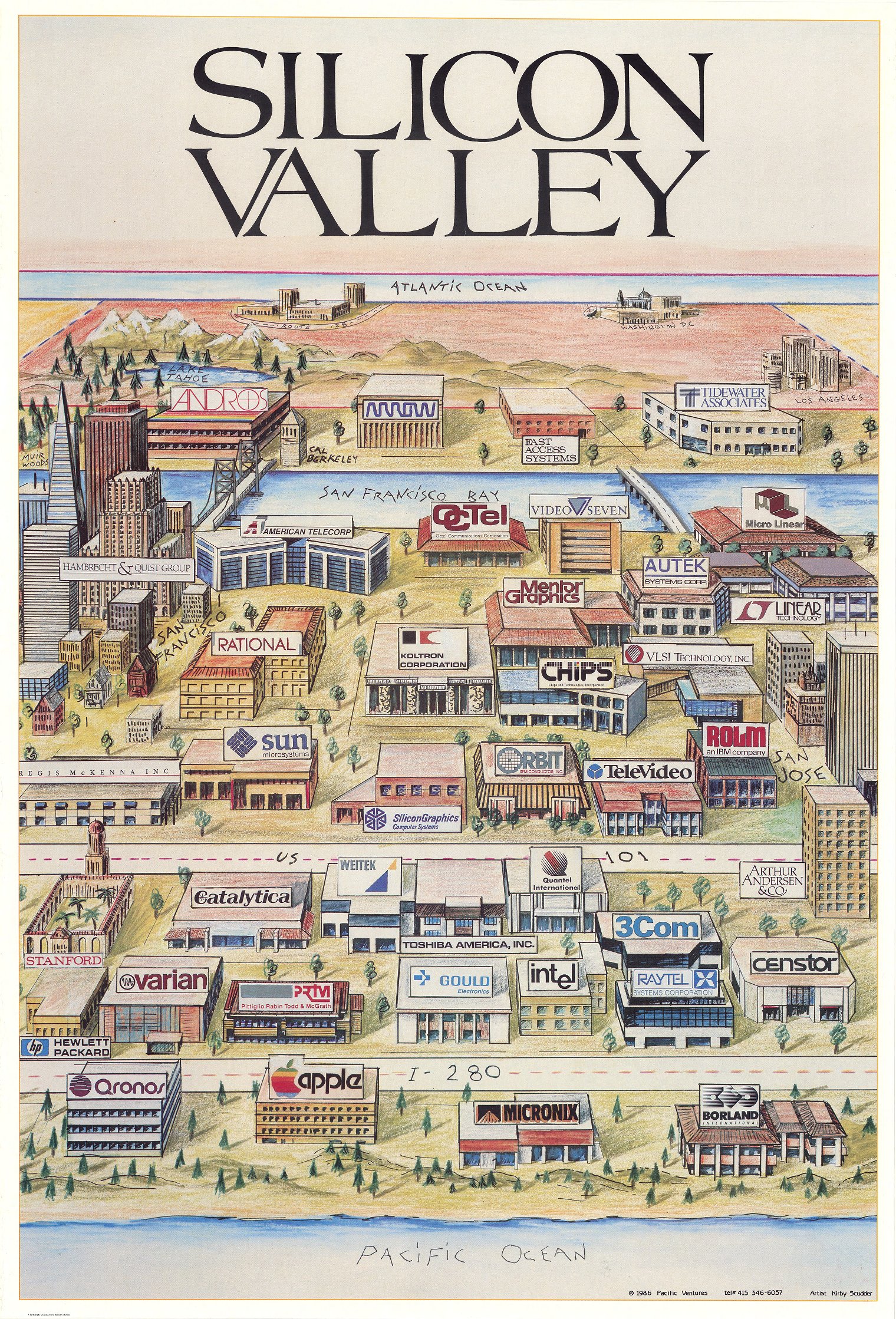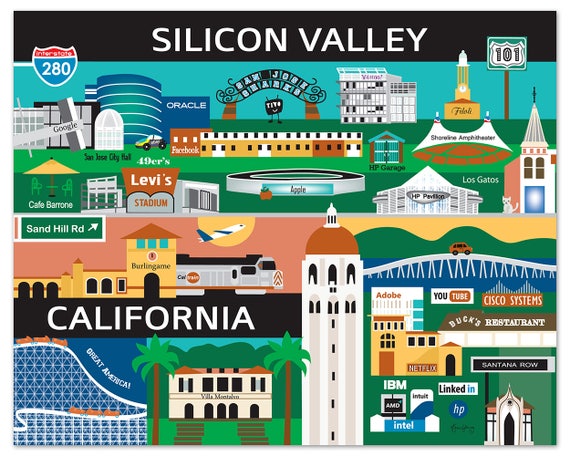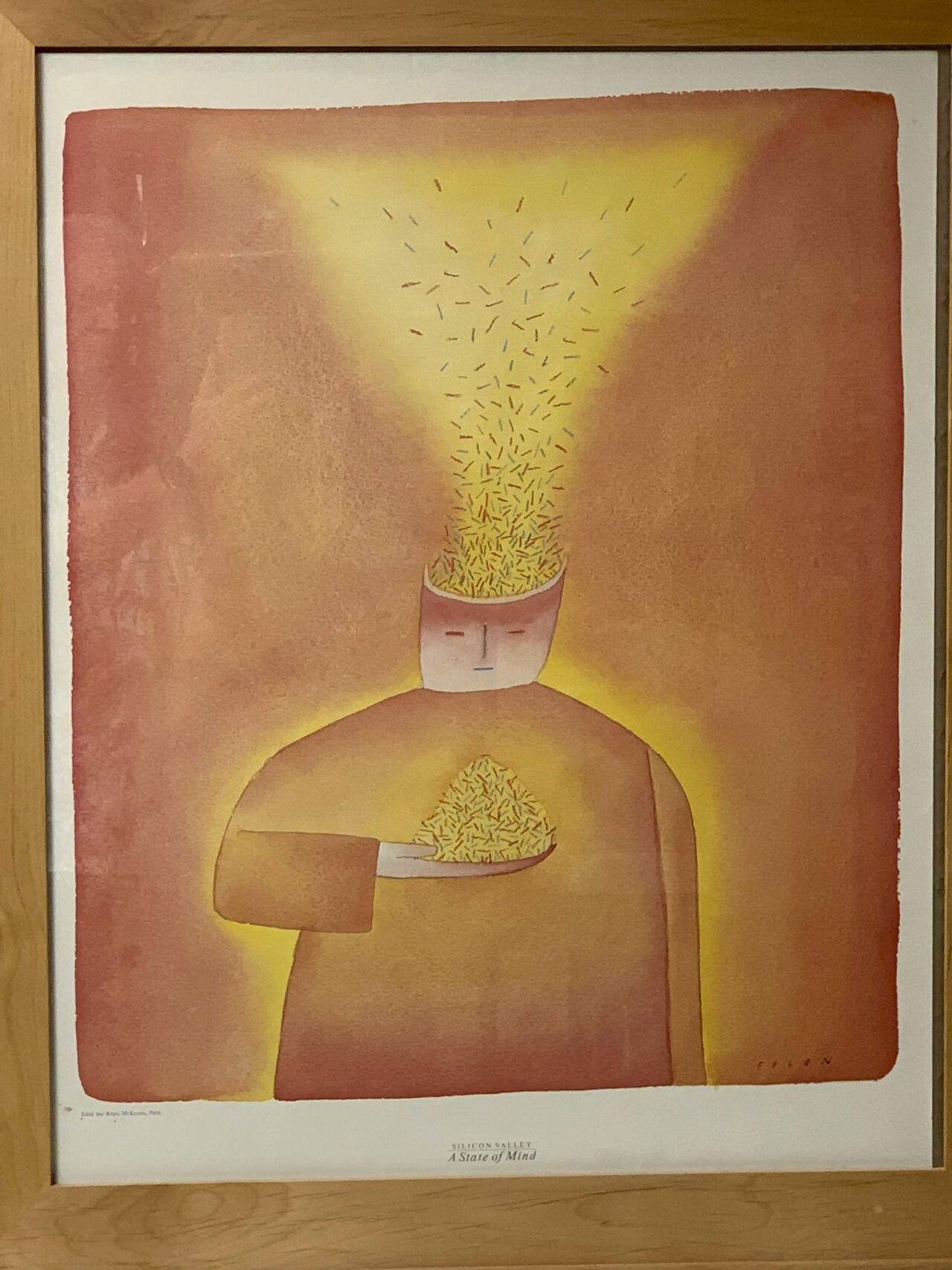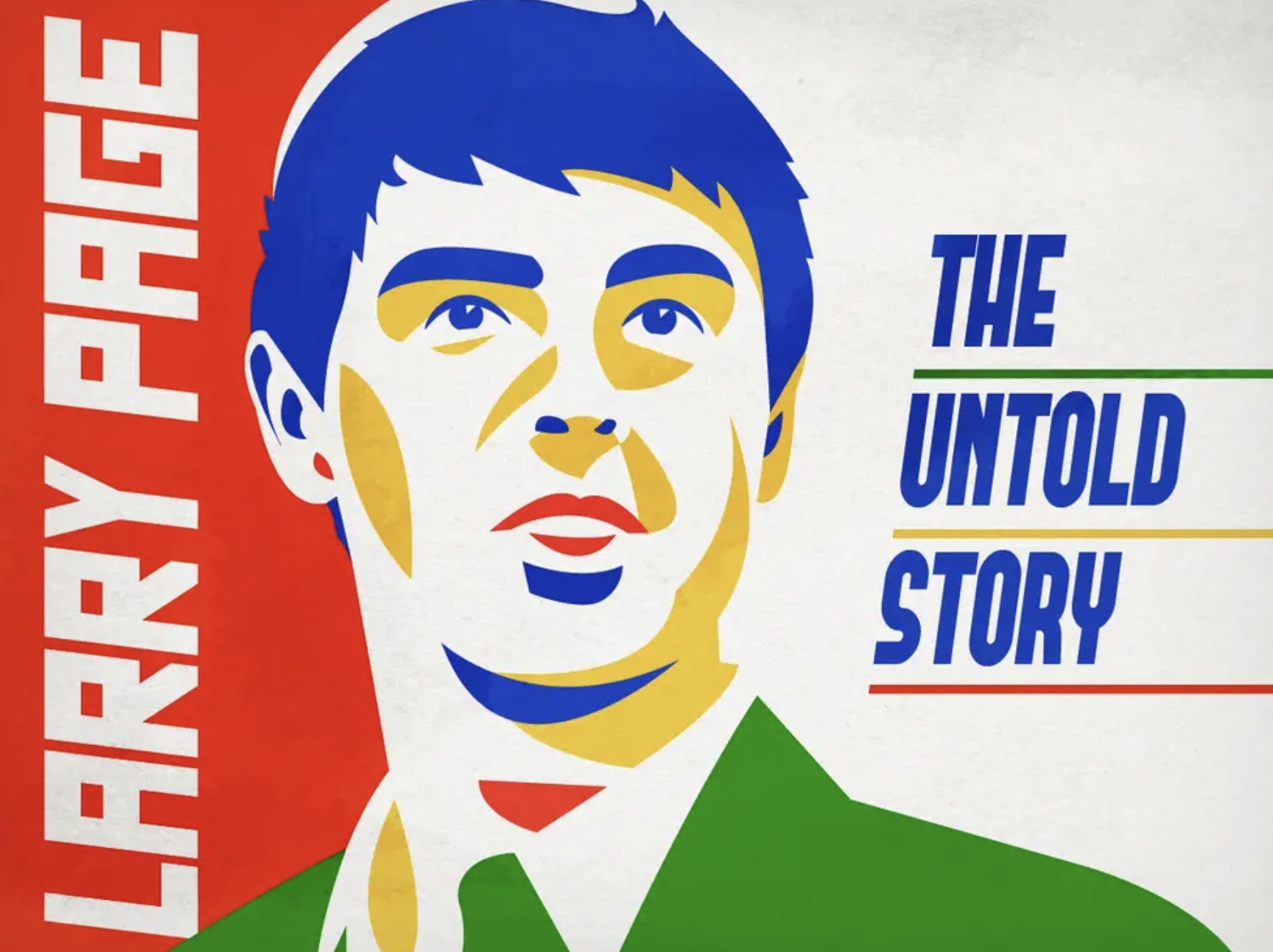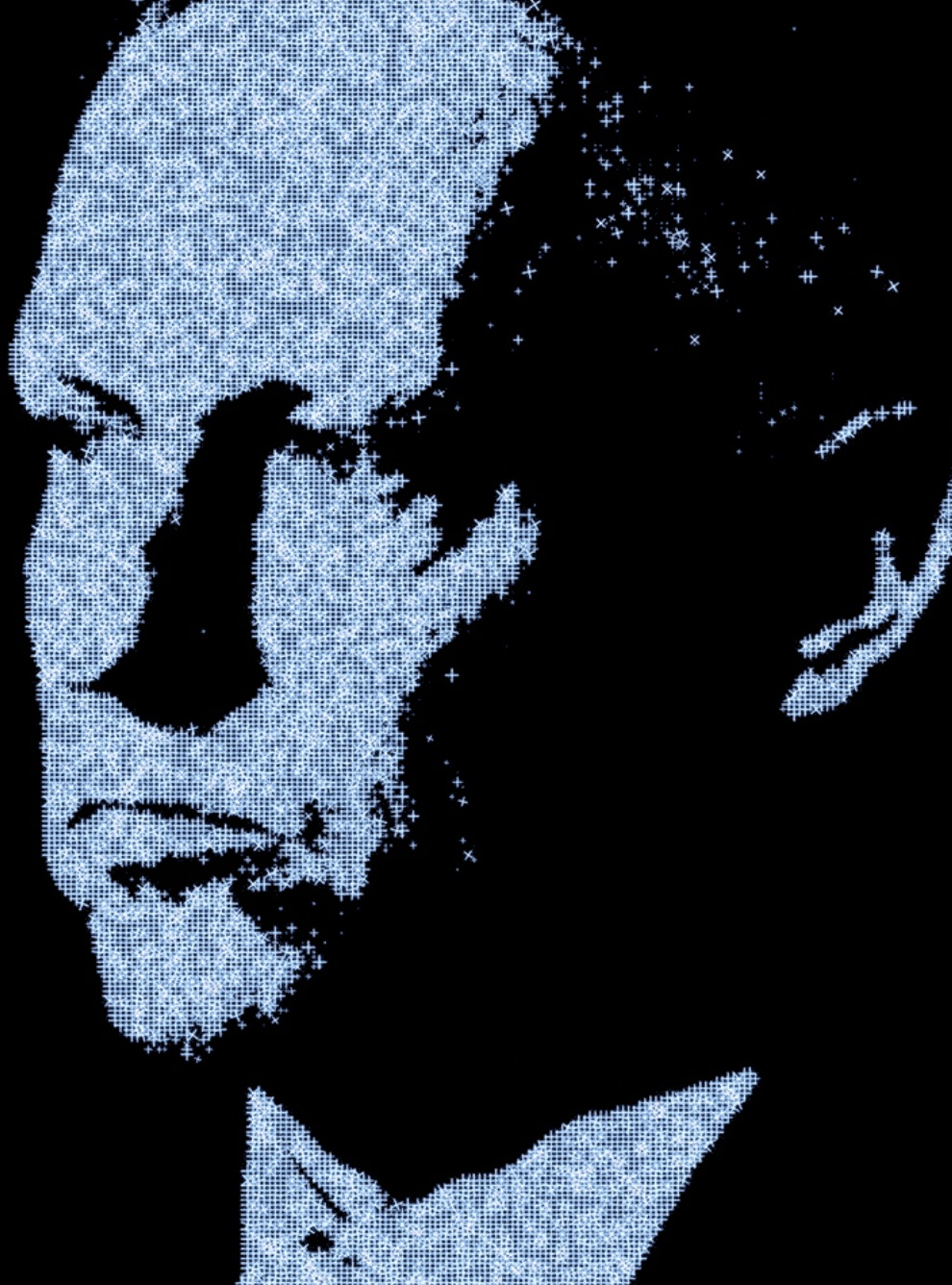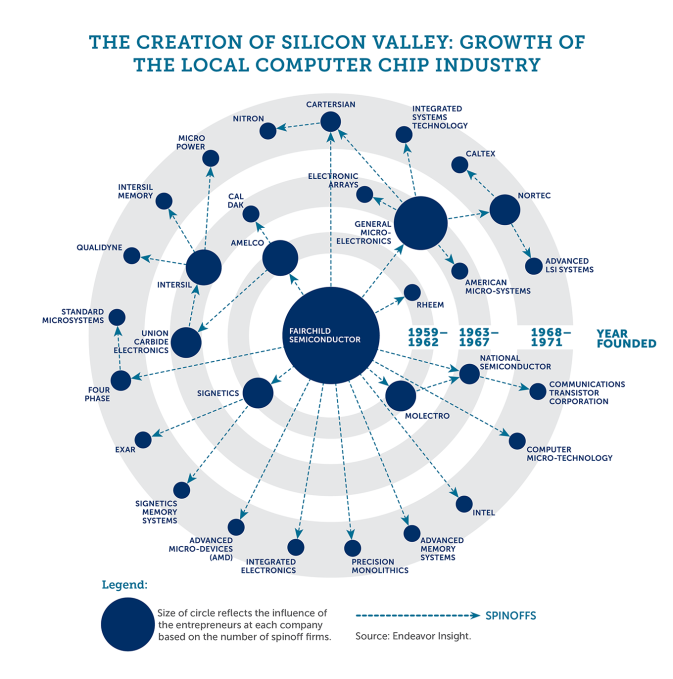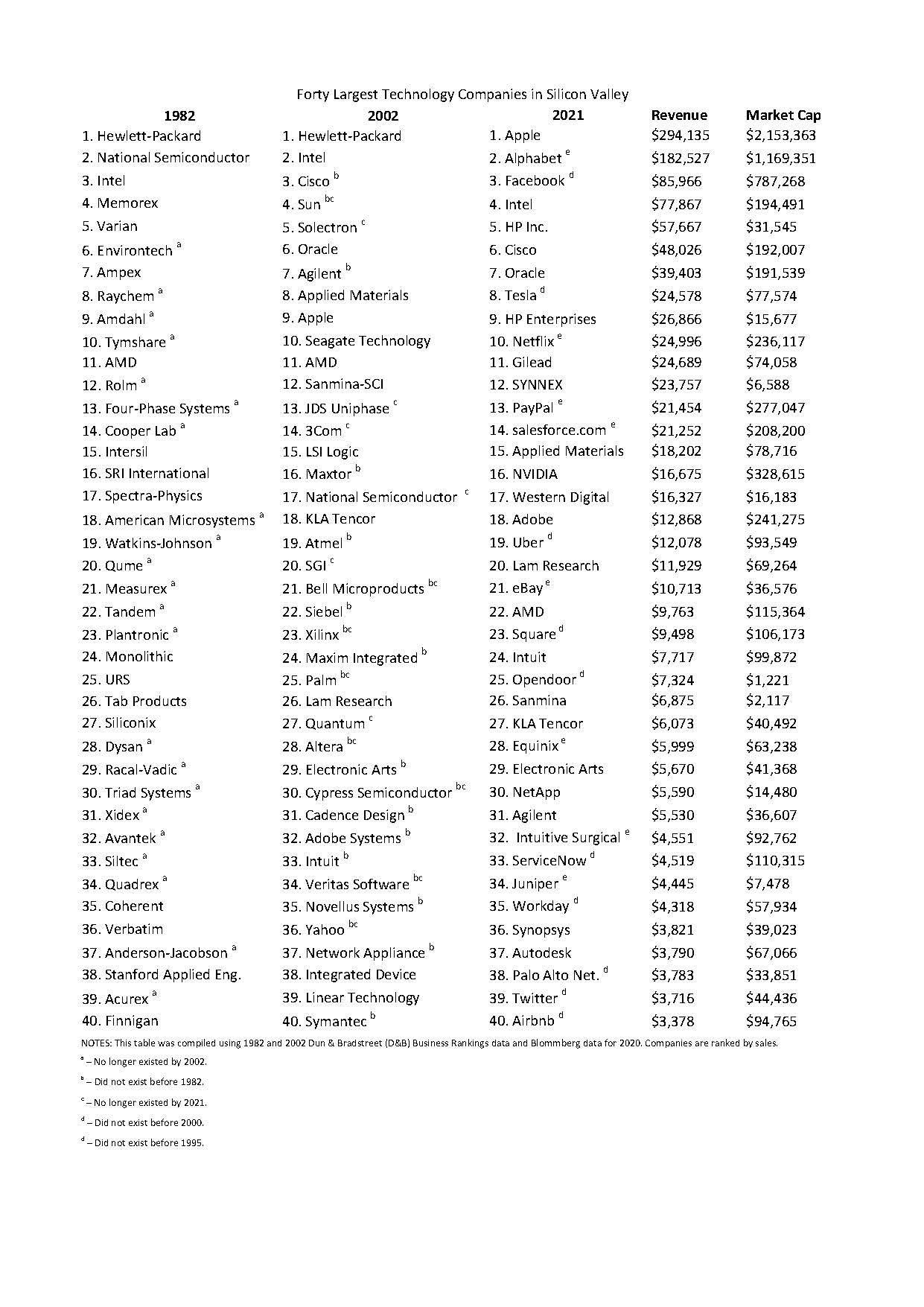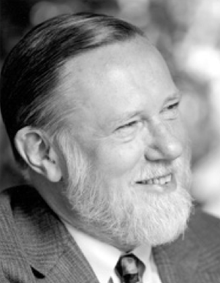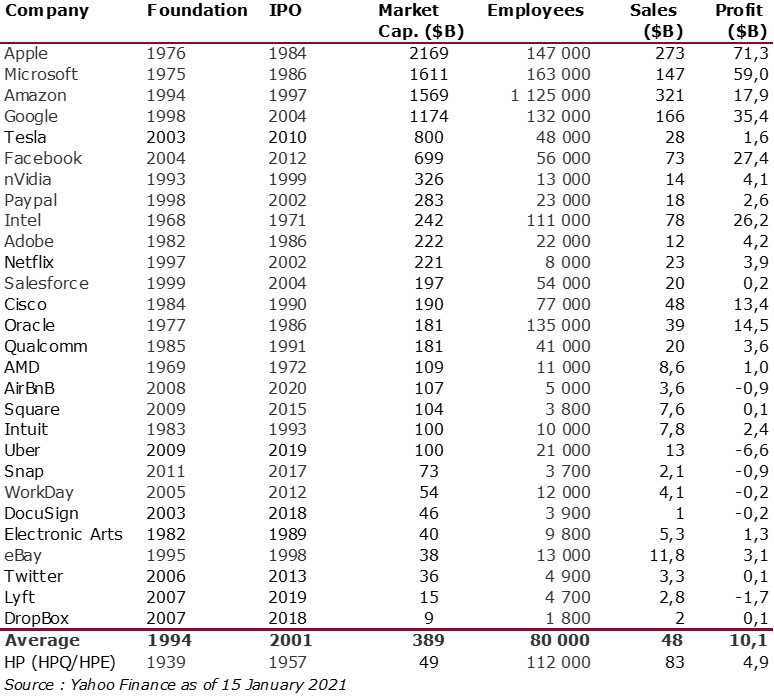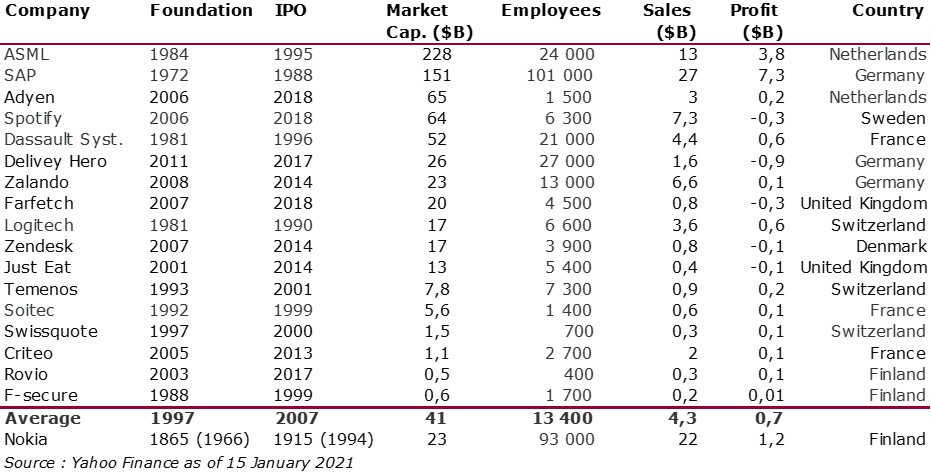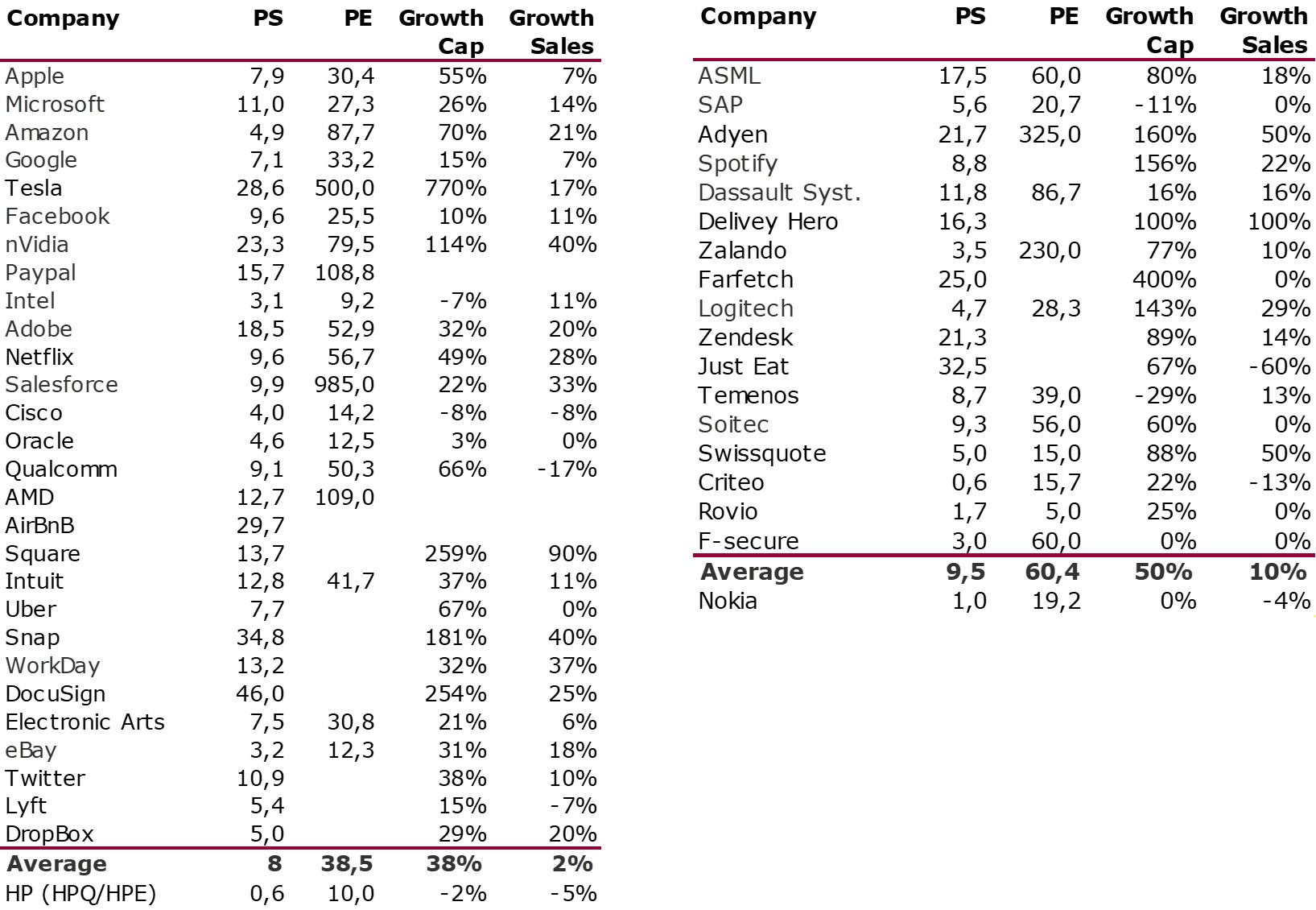Friends from IMF sent me a link to a very interesting article entitled How Unique is VC’s American History?. You may have access to it here or there. It is an analysis of a book, Tom Nicholas’ VC: An American History that I have not read (yet). But the article is quite fascinating about the lack of answers about Venture Capital uniqueness of and reasons for its success.
Let me summarize by quoting & emphasizing:
1- A theme throughout the book is that the development of the VC industry and the structure and governance of VC investments can be understood through the lens of the allure of long-tailed, highly skewed returns, whereby sparse successes need to make up for a multitude of failures. Nicholas argues that skewed, long-tailed payoffs are a distinguishing feature of VC and its American antecedents and suggests that part of America’s comparative success at VC may be due to Americans’ relative affinity for such payoffs. […] Like modern VC investments, nineteenth-century whaling voyages were long-term projects that faced huge risks. Ships could be lost at sea or fail to find whales, and even completed voyages could have disappointing payloads. The result was a skewed, long-tailed distribution of returns similar to that of modern VC. […] We agree with Nicholas’s conclusion that American historical precedents such as the financing of whaling and cotton-spinning technology, and others detailed in the book, are highly related to modern VC. There is also little doubt that American VC has been uniquely successful in the world. However, it is less clear to us that the historical precedent is unique to the United States, or even uniquely successful, making it difficult to draw a causal link between VC’s American history and the success of modern US venture capital. In particular, the Dutch in the 16th and 17th centuries established trading ventures to East Asia on a massive scale for the time. Like whaling, these earlier expeditions share many similarities with modern VC, including skewed, long-tailed returns and complex governance mechanisms. Yet a modern VC industry with similar success to the U.S. did not arise in the Netherlands.
2- We also agree that positively skewed, long-tailed returns are indeed a hallmark of VC. But long-tailed returns are by no means unique to VC. As we discuss in Section 4 below, long-tailed returns arise naturally as a consequence of long-term holdings of risky assets more generally, including for instance the returns of public equities if they are held for many years. Thus, it is difficult to ascribe too much of the governance and structure of VC to the long-tailed nature of its returns.
3- Nicholas describes the unique position Silicon Valley enjoys today as the result of an agglomeration over time of a number of factors, including returns to scale from academic innovation (largely from Stanford University), military investment, the presence of influential early firms that led to entrepreneurial spinoffs, the weather, immigrants, and of course the development of the VC sector. What is much less clear is whether the agglomeration is simply due to serendipity. For instance, William Shockley founded Shockley Semiconductor in Silicon Valley because he happened to have a desire to move back to the San Francisco Bay area from the east coast to care for his ill mother. Departing employees from Shockley Semiconductor in turn founded Fairchild Semiconductor, Intel, and the VC firm Kleiner Perkins, among many others. Had Shockley Semiconductor instead been formed on the east coast, in many ways a more natural place at the time, the evolution of Silicon Valley could easily have been very different.
Nicholas also outlines the genesis of some of Silicon Valley’s oldest and most successful VC partnerships. He stresses the different investment styles of the founding VCs. For example, Arthur Rock of Davis & Rock (later Venrock) emphasized investing in people, Tom Perkins of Kleiner Perkins focused on the technology, and Don Valentine of Sequoia Capital emphasized product markets. Each of these VCs was so successful that they are now legends in the VC community. Yet, given the disparity of styles, it is difficult to draw any firm conclusions about the makings of a good VC. Moreover, consistent with the long-tail distribution of returns, the reputation of each of these VCs was cemented largely on the basis of a few homerun investments, such as Kleiner Perkins’s early investment in Genentech. It is difficult to rule out the possibility that these few early successes involved a large portion of luck, which became self-perpetuating because of increased access to the best new ventures (Nanda, Samila, and Sorenson 2020). If so, like the eminence of Silicon Valley itself, the early success of these top-tier VCs may have been serendipity.
Probably all of this is well-known but I found it particularly convincing in its synthetic shortness.

